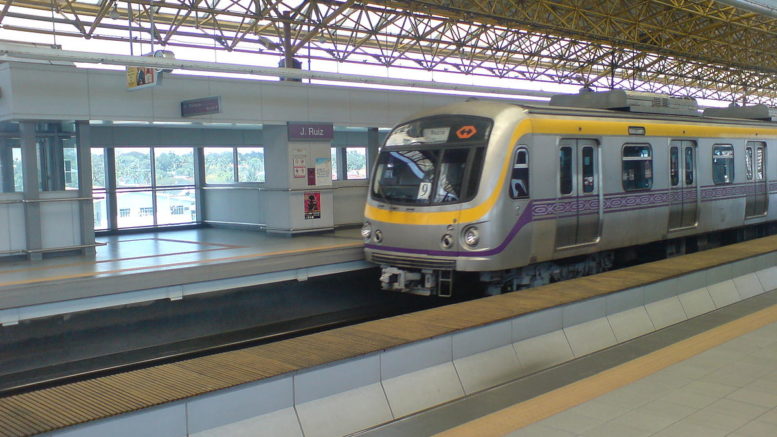Is the changing transport fare formula to help the people or the transport operators?
I refer to the article “Bus, train fares set to rise by as much as 4.3%, with lower rates for those willing to walk more” (Straits Times, Sep 3).
It states that “Bus and train fares are set to rise by as much as 4.3 per cent next year, going by a new component in the review formula.
In a statement on Monday (Sept 3), the Public Transport Council said the 2018 review will include the network capacity factor (NCF), which tracks how much bus and rail capacity has changed in relation to actual usage.
The NCF, indicating that ridership had not kept up with capacity growth, will lead to a 3 per cent hike as part of the review.
Together with increases in the wage index, energy index and core consumer price index, the formula would give rise to a fare increase of as high as 7.5 per cent.”
As to “But because of a 3.2 per cent fare cut which was carried over from last year, the cap would be 4.3 per cent” – don’t you find it somewhat disturbing that when the old (existing) formula resulted in a decrease last year – 3.2% of the decrease was carried over to this year?
Why are we helping the transport operators?
Then, by changing the formula now – it magically results in a net increase of as much as 4.3%.
Isn’t this akin to changing the rules to arguably help the transport operators?
Why not also tell us what would have been the result, under the existing rules, so that we can compare the difference?
Leong Sze Hian
